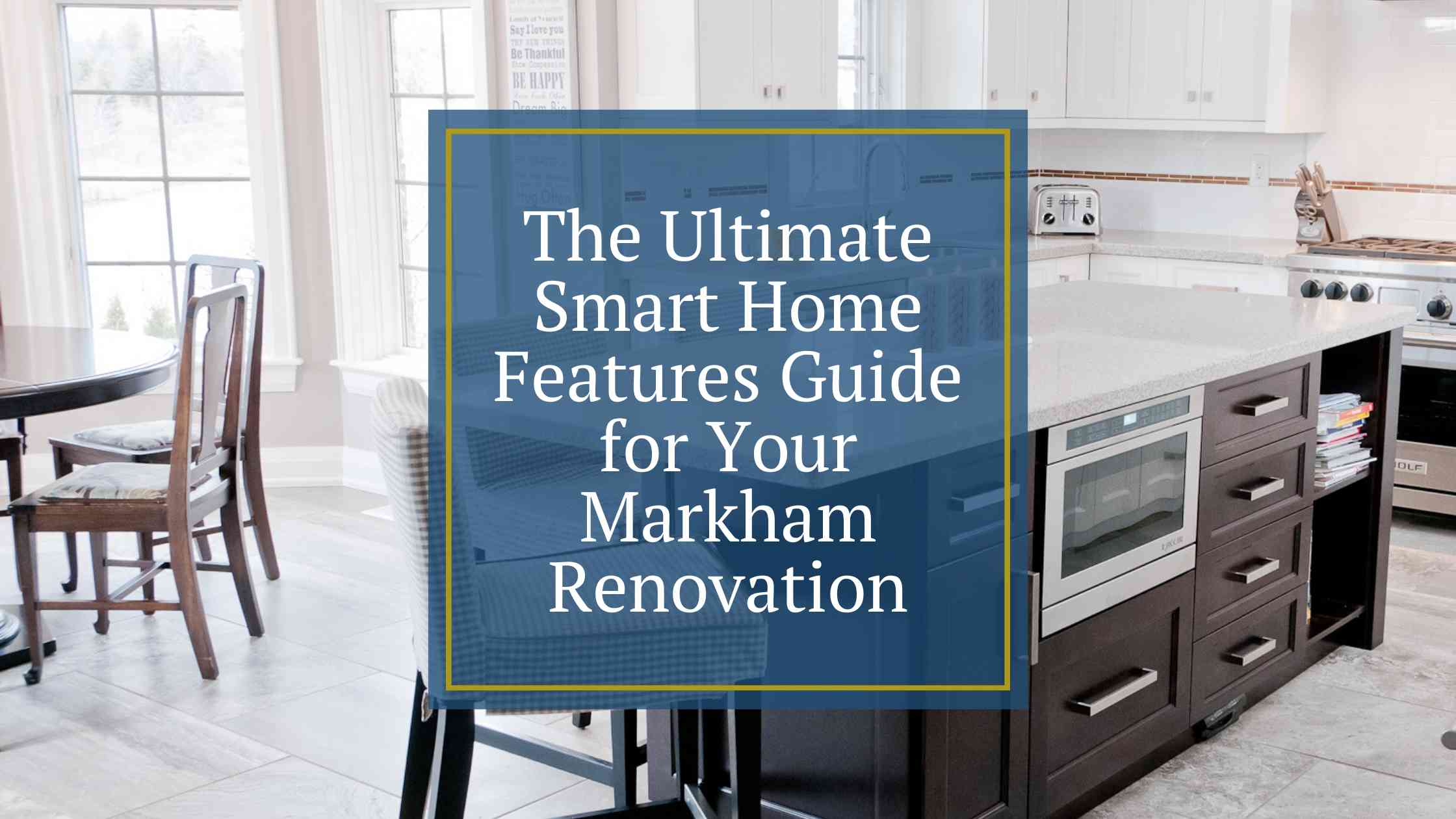Sheet Goods
In our last blog post, we discussed floor joints and their current place in the home construction market. Today, we thought we’d continue the discussion and shift our focus this time to sheet goods.
Sheet goods vary in price and subsequently quality, which is why it is important to understand their value. Sheet goods are one area of the budget that can change expenses drastically, depending on your product choice.
There are 2 popular kinds of sheet goods most commonly used right now, the first being plywood, and the second being OSB (Oriented-Strand Board).
Plywood is made from thin sheets of wood layered to make up a specific thickness. For instance, with a ¾” sheet of plywood there are between 5 and 7 layers that are layered at 90 degrees to each opposing layer, which gives the sheet of plywood its strength. Plywood has been around for some time; it is a strong product and can be up to 10% stiffer when spanning floor joists in comparison to OSB. Note that plywood is known for swelling at cut edges, but it does take quite a bit of water to become a problem.
OSB is made up of about 50 layers of chips from a tree. The tree is milled into little chips that are then layered with resins and pressed to the desired thickness. Almost the entire tree is used in the process, thus making it a greener choice. OSB comes treated on all 4 edges, but when the sheet is cut it is no longer treated and the edges are open for water to enter. Unfortunately, OSB does have a greater tendency to swell at cut, untreated edges.
The price check for both products shows just how different the products are in terms of quality. Consider a 4’ x 8’ x ¾” tongue and groove floor sheathing. The OSB price is $19.83 in comparison to the plywood price of $37.14. As we pointed out earlier, you can see that the budget can change a lot if an addition was detailed to have floor sheathing, exterior wall sheathing and roof sheathing all in plywood.
Some contractors will choose to use plywood over OSB for its strength and rigidity, while others will choose to use OSB for its price. As a homeowner, you should take time to consider which option is best for you and your needs in the long-run.
Related Articles

Home Design Trends You'll Love This Year
Over the last several decades, you have probably seen a lot of home design trends come and go....

8 Expert Tips on Hiring the Right Contractor for Your Home Renovation
A General Contractor (GC) takes full responsibility for ensuring a renovation or custom home build...

The Ultimate Smart Home Features Guide for Your Markham Renovation
It’s time to get real about getting smart. Smart technology is an inevitable progression of...